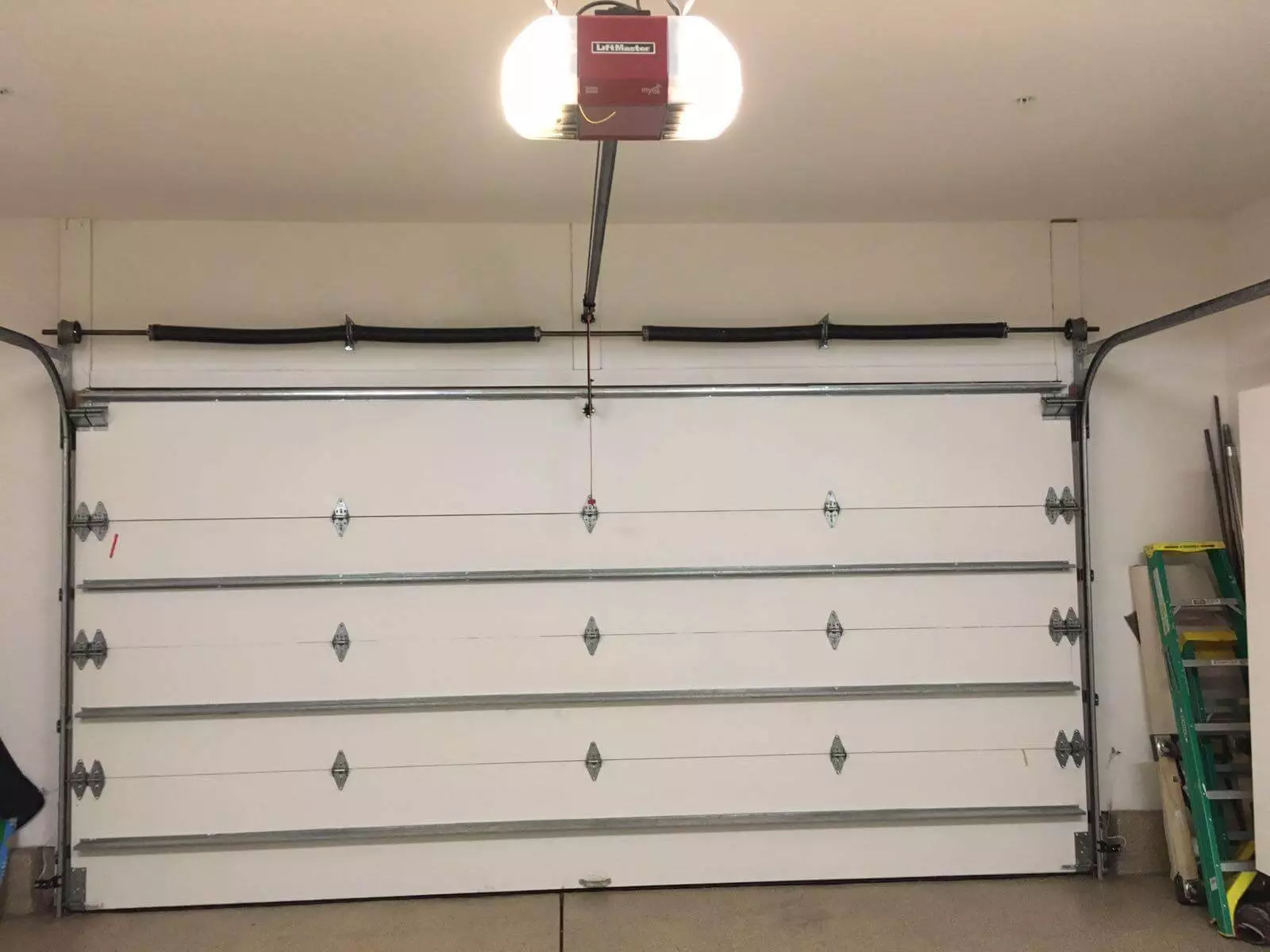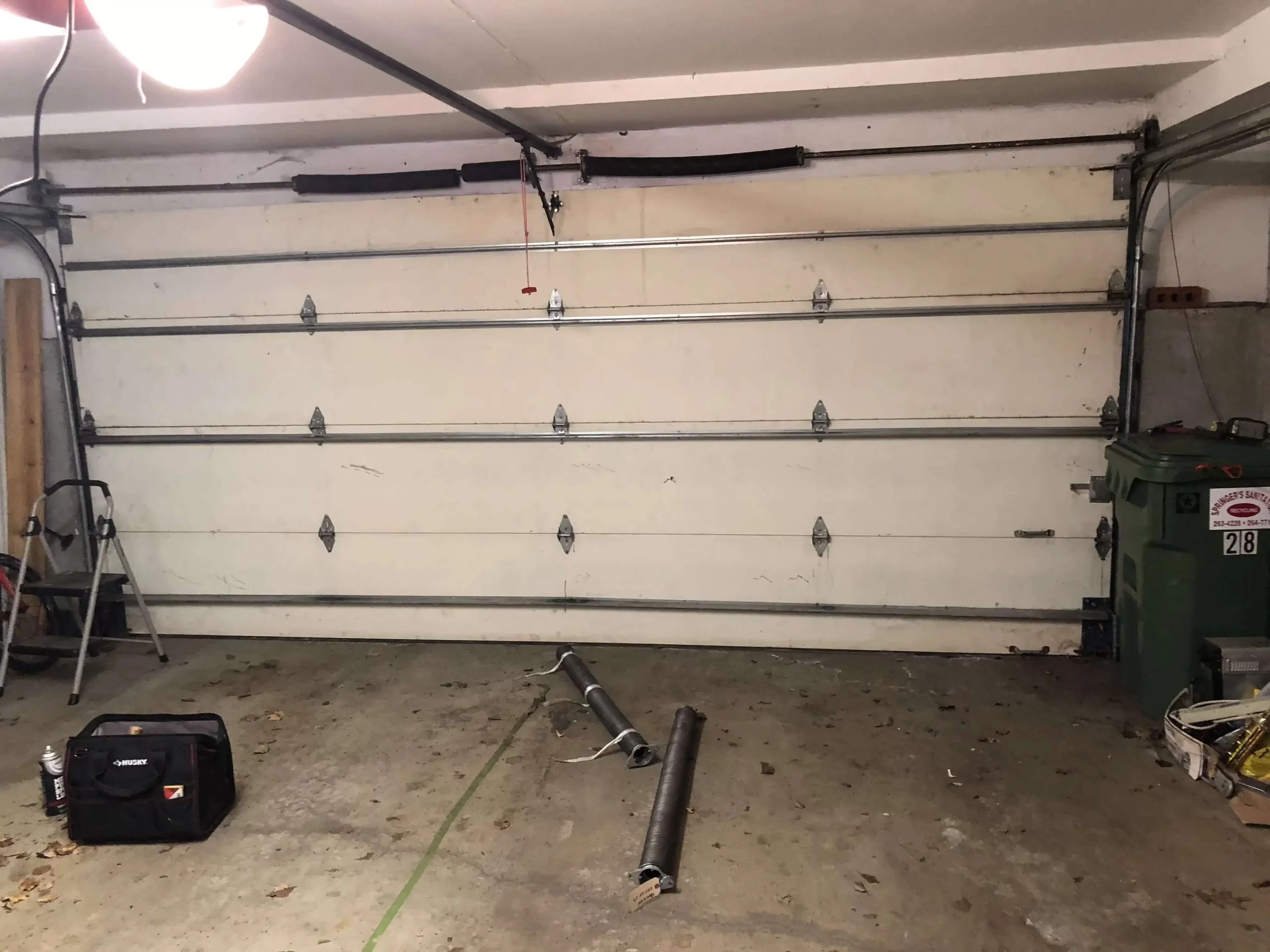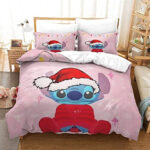What is a Printed Circuit Board (PCB)?
Printed Circuit Board (PCB) is the fundamental building block of most modern electronic devices.
A small subset of these types of circuits are called rigid-flex circuits, where one portion of the board is rigid — ideal for wiring and connecting components, and one or more portions are flexible, providing the benefits of the flexible circuits listed above.

A rapidly advancing PCB technology, separate from the above, is called printed electronics – usually very simple and very inexpensive circuits that reduce the cost of electronic packaging to a level where electronic solutions can be designed to solve problems that weren’t previously covered. They are often used in wearable electronics or disposable electronic devices, opening up many possibilities for creative electrical designers.
Printed circuit boards were developed in the early 20th century, but their technology has evolved continuously since then. The development and widespread adoption of PCB technology has been accompanied by the rapid development of semiconductor packaging technology and has allowed industry professionals to invest in smaller, more efficient electronics.
Founded in 1977, Printed Circuits LLC has since become a pioneering PCB manufacturer. Originally producing all types of printed circuit boards, they specialized in the production of rigid-flexible and flexible circuits in the mid-1990s. Our wide selection of PCB designs enables us to serve a wide variety of industries around the world, including military, medical, aerospace, computing, telecommunications, and instrumentation. Here we provide a comprehensive overview of PCBs to provide relevant background information on what we do.
Why Are Printed Circuit Boards Used?
PCBs offer several advantages over traditional wired circuits. Their small and lightweight design is suitable for use in many modern devices, and their reliability and ease of maintenance are suitable for integration into complex systems. Plus, their low manufacturing cost makes them a very economical option.
Types of Printed Circuit Boards
While all printed circuit boards share the same basic purpose, they are available in a wide range of designs and configurations to meet the needs of a variety of applications. Some of the different types available in the market include:
- Single-sided rigid
- Double-sided rigid
- Multi-layered rigid
- Single-layer flexible circuits
- Double-sided flexible circuits
- Multi-layered flexible circuits
- Rigid-flex
- High frequency
- Aluminum-backed
The three most common types are:
- Rigid PCBs
Rigid PCBs are made up of rigid fiberglass substrates, making them practical and inexpensive, but inflexible. They are easier and cheaper to manufacture than their more flexible counterparts, but they are much less versatile and difficult to fit into unusual geometries or small areas.
- Flexible PCBs
Flex PCB has a relatively good ability to flex and fold to fit into confined and oddly shaped spaces. This quality makes them very versatile and can be used for packaging small electronic devices. Also, since they are highly adaptable, the product does not have to meet the constraints of the PCB. Compared to rigid PCBs, they are more heat resistant.
- Rigid-Flex PCBs
Rigid and flexible PCBs combine the most attractive qualities of both rigid and flexible PCBs. Unlike the other two types of PCBs, these PCBs contain all the electronic connections hidden inside the board, thereby reducing the weight and overall size of the board. They are an excellent choice when ultra-light packaging is a key requirement. Besides, they are more durable and reliable while maintaining greater strength and flexibility.

Theresa Smith is an experienced fashion blogger. She has been blogging for nearly 10 years, and her blog posts are often featured in major publications. Her blog posts cover everything from the latest trends to tips on how to wear certain pieces of clothing. Theresa’s favorite style icons include Audrey Hepburn and Michelle Obama, who she cites as having great style.












